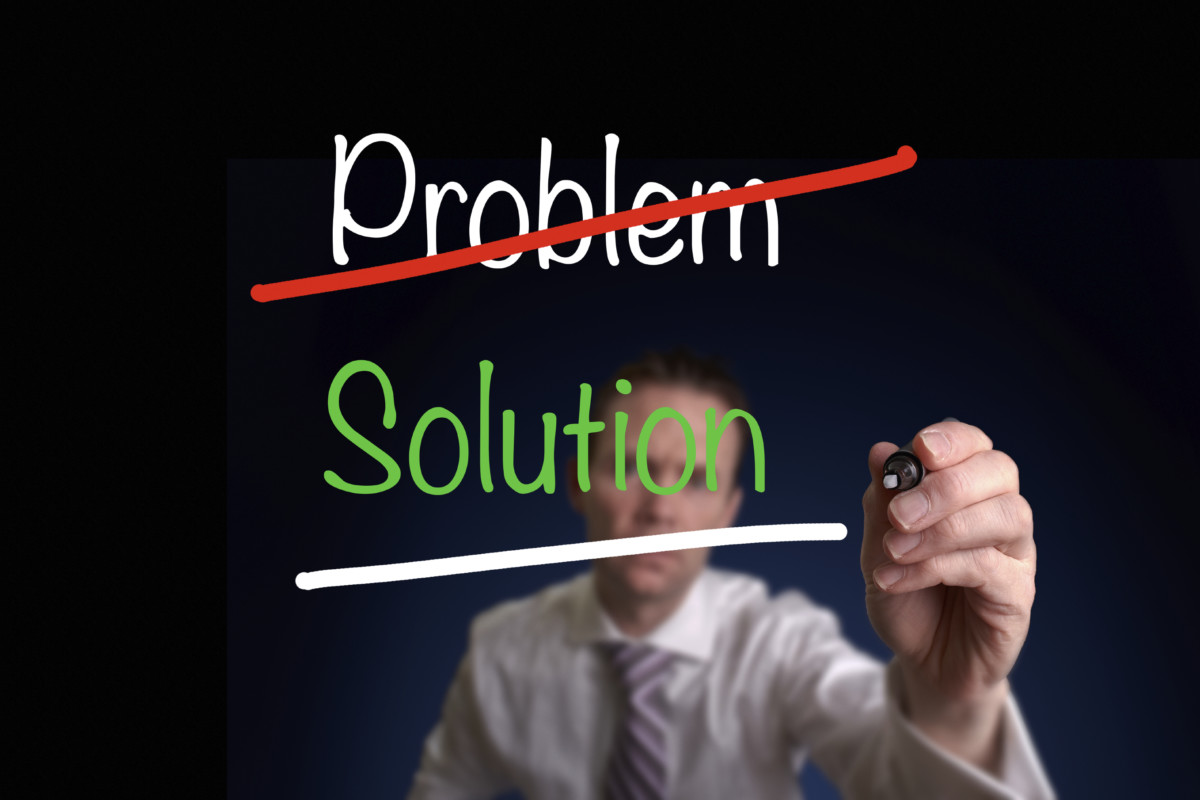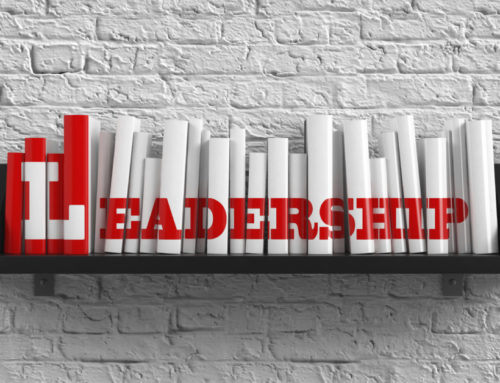Your organization’s long-term success ultimately depends on an intangible. It is a culture where every person at every level is focused on and committed to delivering meaningful results.
Your competitors don’t hire all the geniuses and leave you with the dunces. Their computer systems, compensation, and operational processes are not dramatically different from yours. When they discuss strategy, the words on their flip charts are not significantly more insightful than yours.
Author and globally-recognized leadership expert Joe Calloway and I talked about why leaders should pay attention to culture in a recent episodeof our series “Calloway & Pennington Talk Leadership.” Joe put it this way during our discussion. “You are the leader, the defender, and the champion of the culture.”
What the Best Do Differently
The MSN Encarta Dictionary defines “culture” as, “the patterns of behavior and thinking that people living in social groups learn, create, and share.”
In short, culture is the habits your organization displays over time. Habits are built by repeated action. And, actions are driven by the choices we make in every area of the business. Here are the six that we’ve found to be common among all great organizational cultures.
- Tell yourself the truth and value candor and honesty. Despite our belief that we embrace the cold, hard truth, we are often guilty of 3D Vision: Denial, Distortion, and Delusion. We deny reality; distort performance; and delude ourselves into blaming our results on everyone but ourselves. The cure for 3-D Vision is the continuous search for and acknowledgement of the truth. You don’t have to be brutal. You do have to be relentless and unwavering.
- Pursue the best over the easiest in every situation. Carl Sewell, CEO of Sewell Motors, said that the choice to be the best was the most important decision his company ever made. Making this choice, according to Sewell, “made life simpler, more fun, and definitely more profitable.” Every decision – strategy, resource allocation, operational goals, product and service delivery, hiring, information systems, education and training – should be made on the basis of pursuing the best over the easiest.
- Leverage the power of partnerships both internally and externally. Do your customers love you so much they sell for you? Do your employees volunteer their commitment to go beyond the minimum in product quality or service? If you answered no to either question, you are not leveraging the power of partnerships.
- Focus the energy to make the main things the main thing. Processes, metrics, rewards, and performance expectations – these are all tools most organizations use to focus energy. The challenge isn’t knowing how to focus. It is knowing where to place your attention and resources. In today’s world, consistently meeting your customers’ fundamental expectations is the minimum. Being distinctive in ways that add value is the difference.
- Learn, grow, and improve every day. The difference between consistent excellence and being disrupted into irrelevance is your ability to learn, grow, and adapt. Sears should have been Amazon. Blockbuster could have owned Netflix. Complacency kills. Create a sense of urgency and bias for action around growth and improvement.
- Show the courage of accountability. Top performers in every walk of life show the courage of accountability in their personal performance. Top leaders show the courage to hold others accountable as well. Imagine the improvements that would occur in if everyone simply took responsibility for delivering results that everyone knows are important.
The culture always wins, and your intention to building a strong one with your team is one of your most important jobs as a leader.
Randy Pennington is an award-winning author, speaker, and leading authority on helping organizations achieve positive results in a world of accelerating change. To bring Randy to your organization or event, visit www.penningtongroup.com , email info@penningtongroup.com, or call 972.980.9857.





